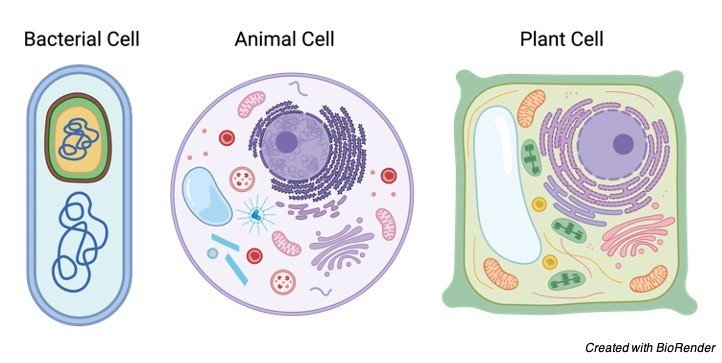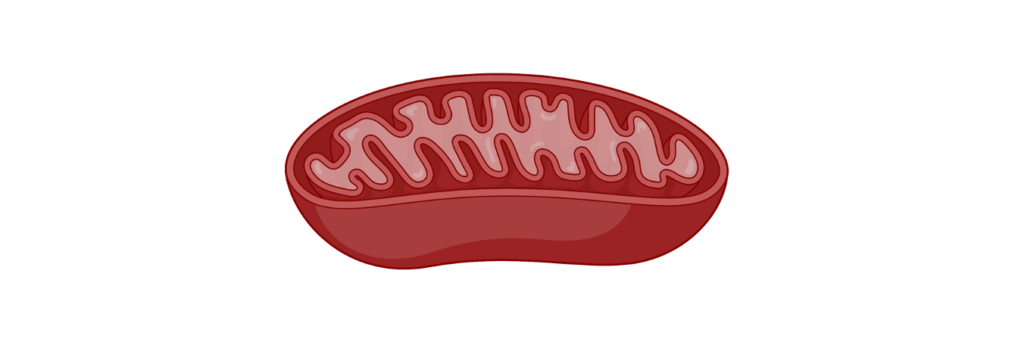What is Cytoplasm?
Cytoplasm is the liquid matrix of the cell in which the membrane bound organelles such as Mitochondria, Golgi Apparatus ribosome, nucleus and other chemical components proteins, Glucose, Lipids.
The cytoplasm was first discovered by Anton Von Leuwenhoek and termed by Kolliker in 19th century.
Though cytoplasm is a liquid component the diverse make of the components provides a structural organization and the components are sequentially arranged and are well synchronized.
The cytoplasm is an indicator to the outside environment and changes the activity of the cell frequently to maintain HOMEOSTASIS.
Characteristic of Cytoplasm
1. Cytoplasm is a well – organized liquid matrix:
Earlier it was considered as a part of protoplasm but invention of Electron Microscopes provided a depth of knowledge regarding the organization of cytoplasm inside the cell.
2. The movement of matrix is well programmed:
Based on the cell’s necessity, transportation of enzymes, proteins and other substances which are required at different part of the cell.
3. Cytoplasm is the internal milieu of the cell:
They act as regulators maintaining a cell’s vital survival function even the external factors disrupt the homeostatic function and maintain the internal environment.
4. Maintains the integrity of the cell:
The cell shape, movement, protein synthesis and other metabolic activities are governed by the cytoplasm.
5. High viscosity matrix and colloid:
The thickness of the matrix is usually higher than that of water. Higher the viscosity easier the organelles can suspend. Because of the suspension of the organelles the matrix is colloid.
Components of Cytoplasm
Cytoplasm has both solid and liquid components of Cytoplasm.
Solid Components are
1. Organelles bound by two membrane
a. Plastids – special feature present only in plant cell has a variety of types and function. The 2 types are Leucoplasts and Chromoplasts.
i. Leucoplasts are colorless components which have their role in storage and metabolism of starch.
ii. Chromoplasts are colored compound mainly green in plants forming the chloroplasts which are essential in photosynthesis.
b. Mitochondria – Power house of the cell provides energy in ATP from the cellular respiration.
2. Organelles Bound by one membrane
a. Peroxisomes – Peroxisomes are protective in function producing peroxides
b. Vacuoles – Specialized feature present in plants where the food molecules are stored for metabolism when needed.

3. Ribosomes – Ribosomes are molecular compounds which is involved in formation of protein for cell structural function.
4. Endomembrane system – consists Endoplasmic Reticulum, Golgi Apparatus and Nuclear Envelope
5. The endomembrane system constitutes the internal membrane providing organelle free matrix for cell survival.
The endoplasmic reticulum arises from the nucleus extends throughout the length and reaches plasma membrane forming the endomembrane.
I. Nuclear envelope: Nuclear Envelope is made up of flattened cisternae like discs. Many discs come together forming a small pore which allows a contact between cytoplasm and nucleus.
The outer membrane contacts endoplasmic reticulum and the inner membrane has had thread of chromatin molecule.
II. Endoplasmic Reticulum (ER) is the major constituent of the endomembrane system. They are tubule and flattened that carries out the function of storage.
The ER is of 2 types:
a. Rough Endoplasmic Reticulum
b. Smooth Endoplasmic Reticulum protein synthesized are stored at RER but transported through SER.
Their main function remains secretion.
III. Golgi Complex flattened stack of disc from dictyosomes forms the determined structure.
Golgi Bodies are concerned with packaging and storing of the secretory molecule and then vesicles are pinched off from Golgi complex through exocytosis.
6. Cytoskeleton
I. Micro tubules – Microtubules are thin and rigid structures made up of 13 filaments. Protein component is the main structural source for the tubule structure is contributed by Tubulin.
They are easily depolymerized and can shape and function of any cell by contributing to Cell division providing spindle fibers, Asters, Locomotion etc.,
II. Centrioles – cylindrical structure and paired. They migrate to animal pole during cell division
III. Basal Bodies – a structure similar to centrioles are present at the bases of cilia or flagella. Cilia and Flagella both has a common arrangement of microtubule (9 + 2). These are used in order for locomotion purposes.
IV. Microfilaments – are smallest structure made up of actin associated with myosin and other aiding proteins which help in contraction thereby causing motility of the organism.
V. Intermediate Filaments – they are mechanical in function
Liquid components are:
1. Cytosol – A liquid component comprises the structural organelles of cell. They are present inside the cell. Responsible for movement and integrity.
2. Hyaloplasm – is the ground cytoplasm which does not have any structural component. They are present outside the endomembrane system.
Their main role is to regulate the internal milieu. This is also called as Ground cytoplasm / Cytoplasmic matrix proper.
Other components Excretory products, Metabolic storage, Secretory materials
Cytoplasm: Plant vs Animal Cells
The difference between plant and animal cell cytoplasm is negligible as the cytoplasm has common role in both cell types.
The main difference will be the presence and absence of organelles present in them such as vacuoles, chloroplasts etc.,
Significance of Cytoplasm
1. Microtubules specifically locate and guide the enzymes. Precise positioning information is provided for the enzymes to catalyst the biosynthesis.
2. The ER is related to the formation of glyoxysomes and vacuoles
3. Golgi Complex is distributed in the cytoplasm in the form of dictyosomes.
4. Cytoplasmic Streaming – Also known as CYCLOSIS, is a process where the cell components are circulated inside the matrix for maintain the process of homeostasis.
The streaming is influenced by the pH, temperature and various other factors which modify the body’s homeostatic condition.
For Example: Sunlight falls on a particular spot of the plant. The other regions lack sunlight here the cytoplasmic streaming with the help of microtubules and filaments the chloroplast is moved to sun receiving regions.
5. The structural integrity, motility, shape are all maintained by the Cytoplasm.
Cytoplasm Citations
- Consequences of phase separation in cytoplasm. Int Rev Cytol . 2000;192:331-43.
- The periplastidal compartment: a naturally minimized eukaryotic cytoplasm. Curr Opin Microbiol . 2014 Dec;22:88-93.
- How crowded is the cytoplasm? Cell . 1982 Sep;30(2):345-7.
- Molecular pathways involved in the transport of nuclear receptors from the nucleus to cytoplasm. J Steroid Biochem Mol Biol . 2018 Apr;178:36-44.
- Cytoplasm’s Got Moves. Dev Cell . 2021 Jan 25;56(2):213-226.
Share









